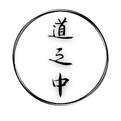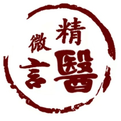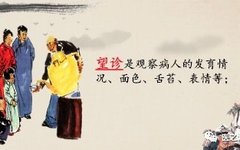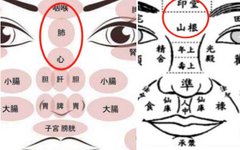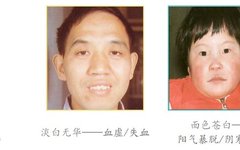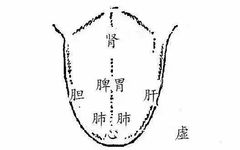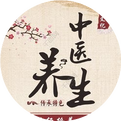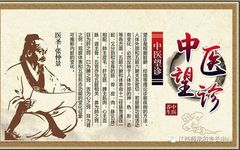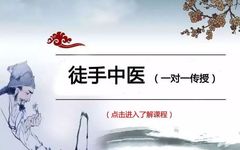Observational Diagnosis in Traditional Chinese Medicine: Comprehensive Notes
Click the blue part to follow us ················ ················ informal essay ················ ················ Traditional Chinese Medicine (TCM) Observational Diagnosis “Notes Compilation” Observing the Spirit (1) Normal Spirit (commonly seen in healthy individuals) Clinical manifestations: Clear consciousness, coherent speech, rosy complexion, subtle expressions, natural demeanor, bright and lively eyes, responsive, agile movements, steady breathing, and well-toned … Read more

